XFX XTR Series 850W PSU Review
XFX cooperates closely with Seasonic for its PSU products. That's a major advantage, since Seasonic is a top OEM. The XTR line is XFX's second-best, after the XTS family, and today's review focuses on the 850W model.
Why you can trust Tom's Hardware
Transient Response Tests
Advanced Transient Response Tests
For details on our transient response testing, please click here.
Ιn these tests, we monitor the response of the PSU in two different scenarios. First, a transient load (10A at +12V, 5A at 5V, 5A at 3.3V and 0.5A at 5VSB) is applied for 200ms while the PSU works at 20 percent load. In the second scenario, the PSU is hit by the same transient load while operating at 50 percent load. In both tests, we use our oscilloscope to measure the voltage drops caused by the transient load. The voltages should remain within the ATX specification's regulation limits.
These metrics are crucial because they simulate the transient loads a PSU is likely to handle (such as booting a RAID array or an instant 100 percent load of CPU/GPUs). We call them "Advanced Transient Response Tests," and they are designed to be very tough to master, especially for PSUs with less than 500W capacity.
Advanced Transient Response at 20 Percent
| Voltage | Before | After | Change | Pass/Fail |
|---|---|---|---|---|
| 12V | 12.146V | 12.062V | 0.69% | Pass |
| 5V | 5.037V | 4.965V | 1.43% | Pass |
| 3.3V | 3.343V | 3.218V | 3.74% | Pass |
| 5VSB | 5.086V | 5.044V | 0.83% | Pass |
Advanced Transient Response at 50 Percent
| Voltage | Before | After | Change | Pass/Fail |
|---|---|---|---|---|
| 12V | 12.119V | 12.048V | 0.59% | Pass |
| 5V | 5.032V | 4.959V | 1.45% | Pass |
| 3.3V | 3.334V | 3.227V | 3.21% | Pass |
| 5VSB | 5.053V | 5.013V | 0.79% | Pass |
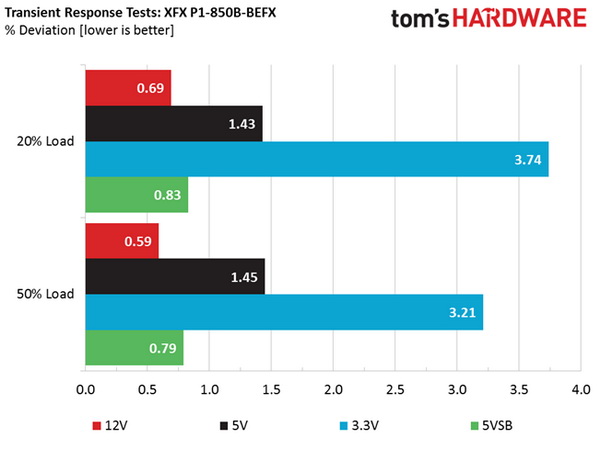
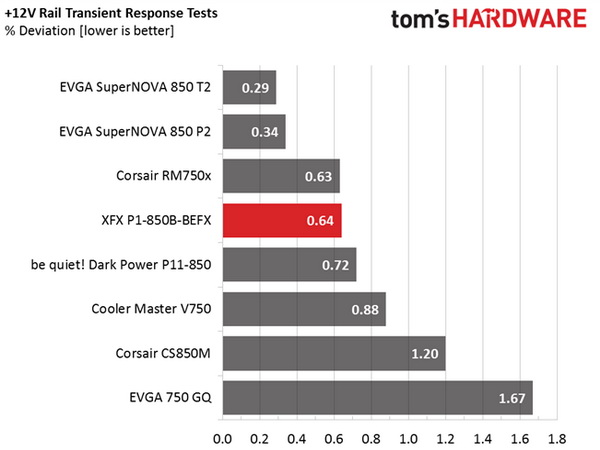
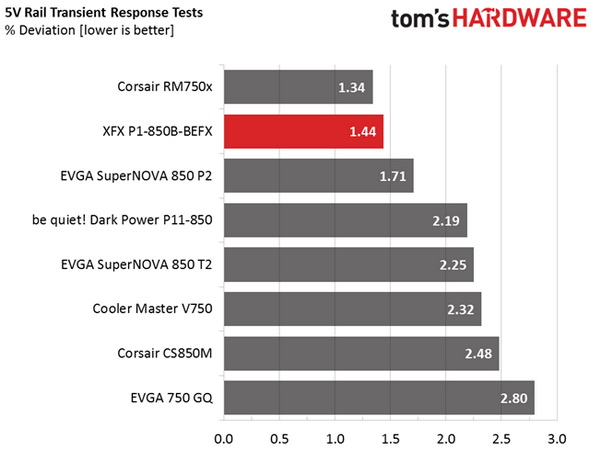
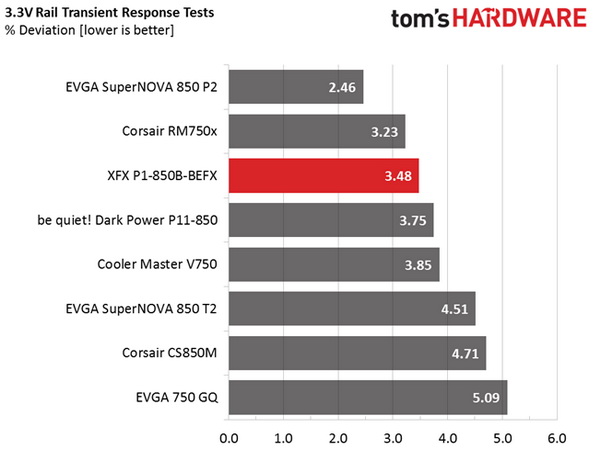

The +12V rail stays within 0.7% in both tests, so it performs pretty well. The 5V and 5VSB rails also respond well, while the 3.3V rail exceeds 3%, registering the highest deviations. The good thing is that the 3.3V rail's voltage levels stay well above 3.2V.
Here are the oscilloscope screenshots we took during Advanced Transient Response Testing:
Transient Response At 20 Percent Load
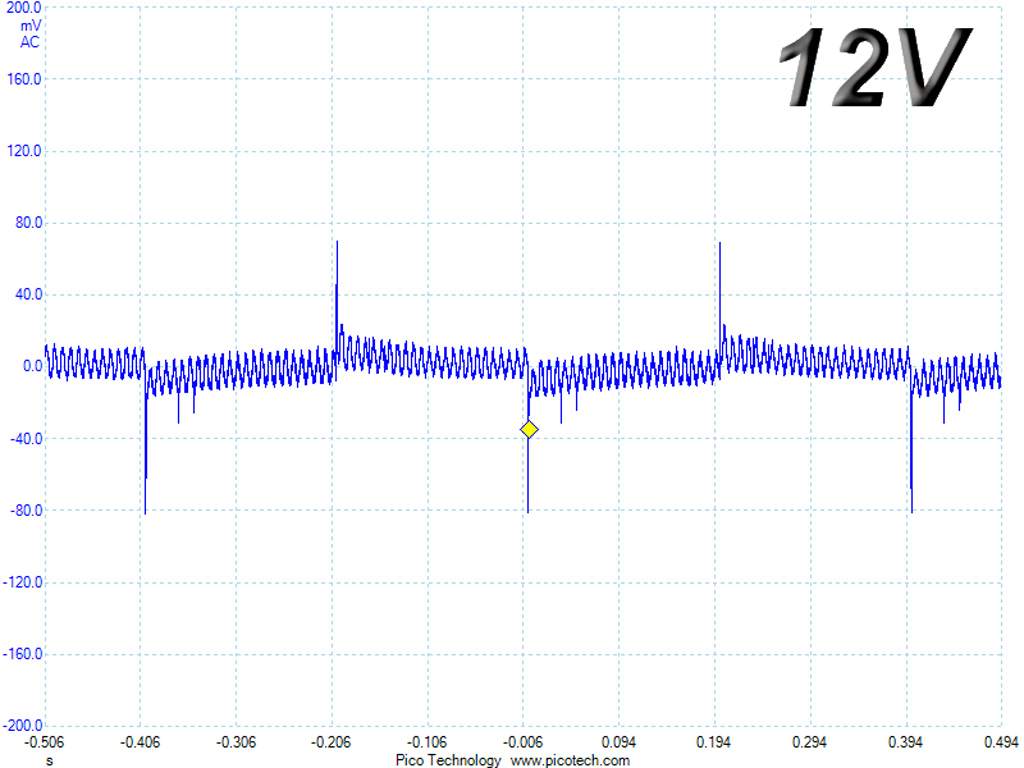
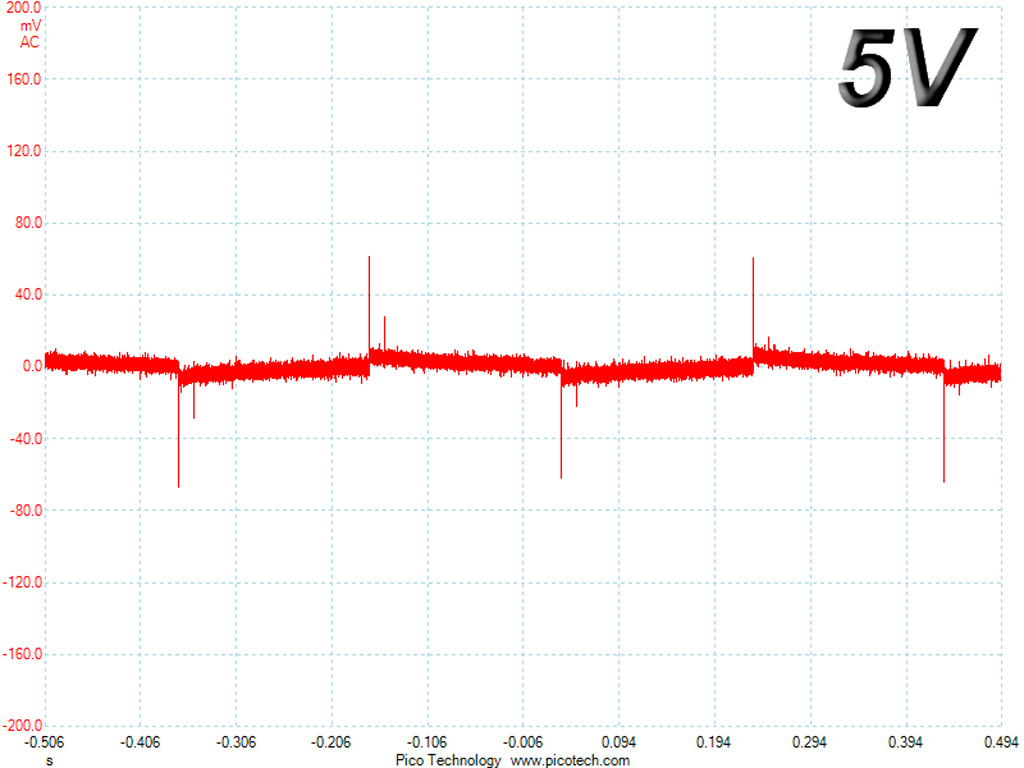
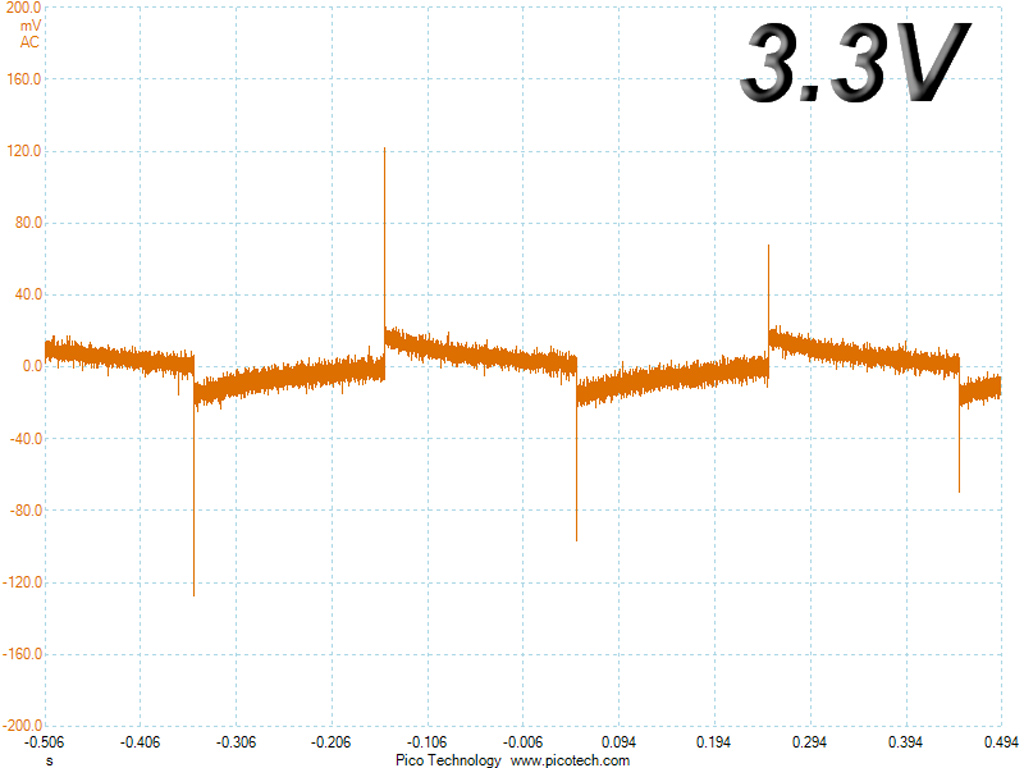
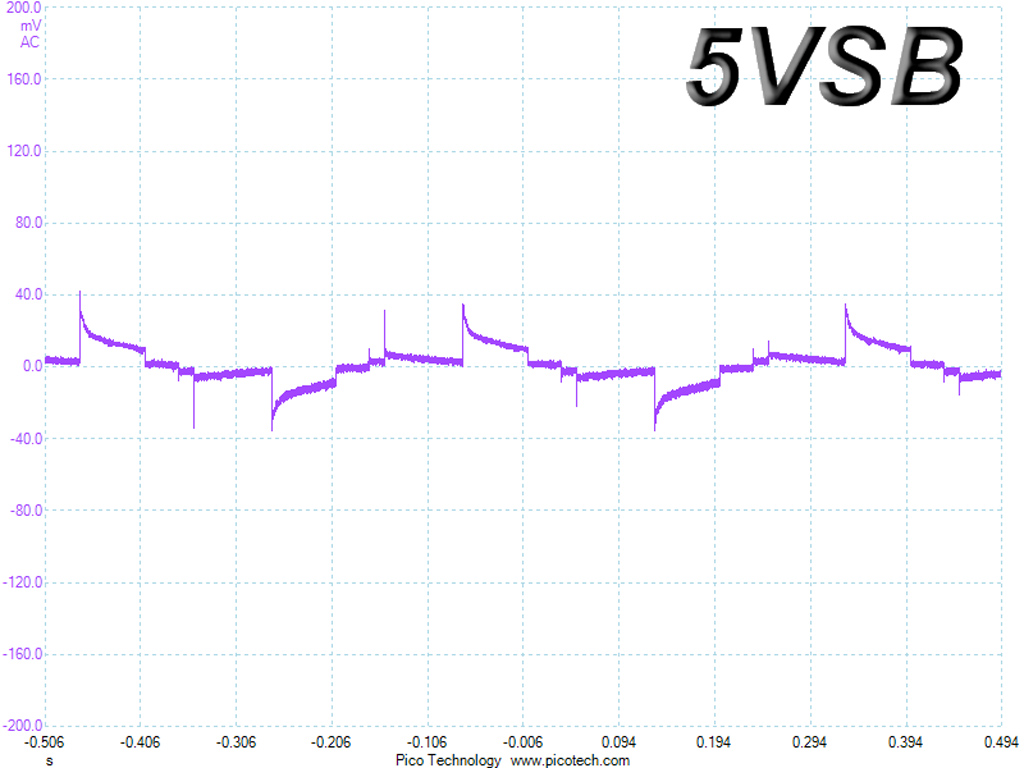
Transient Response At 50 Percent Load
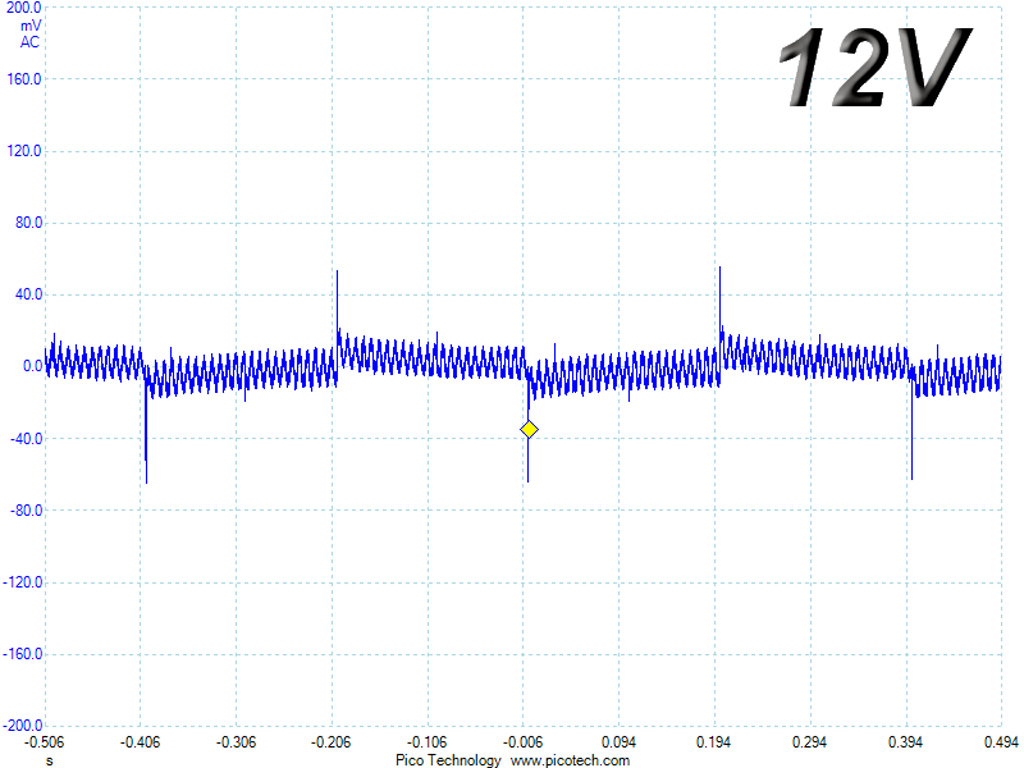
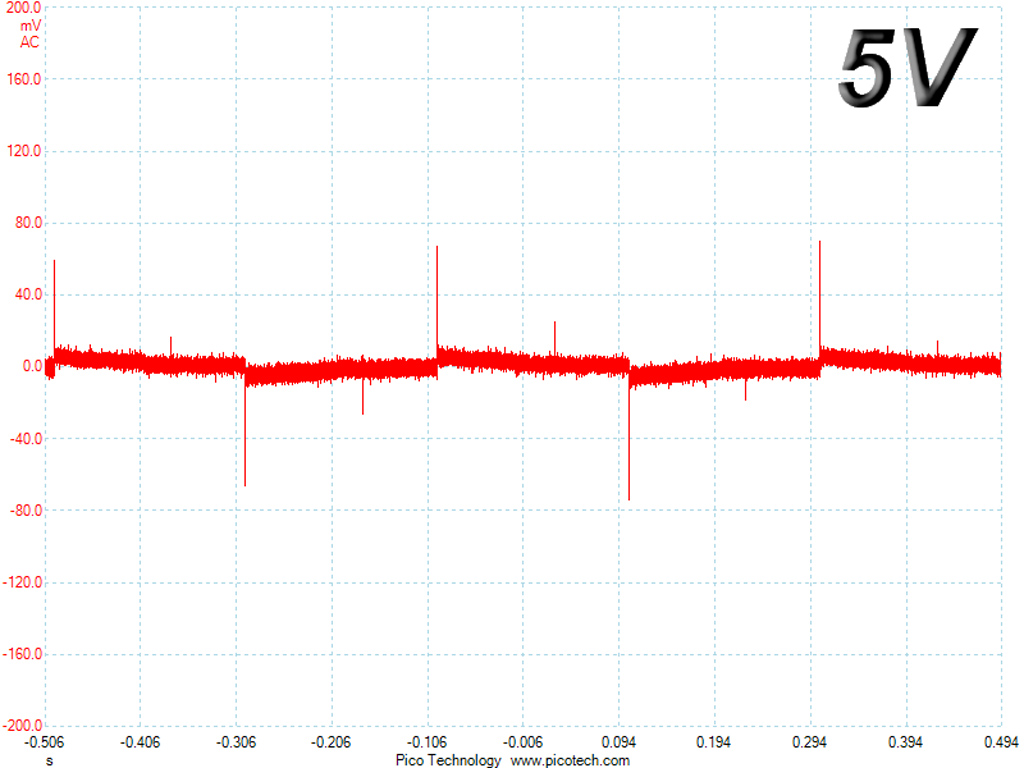
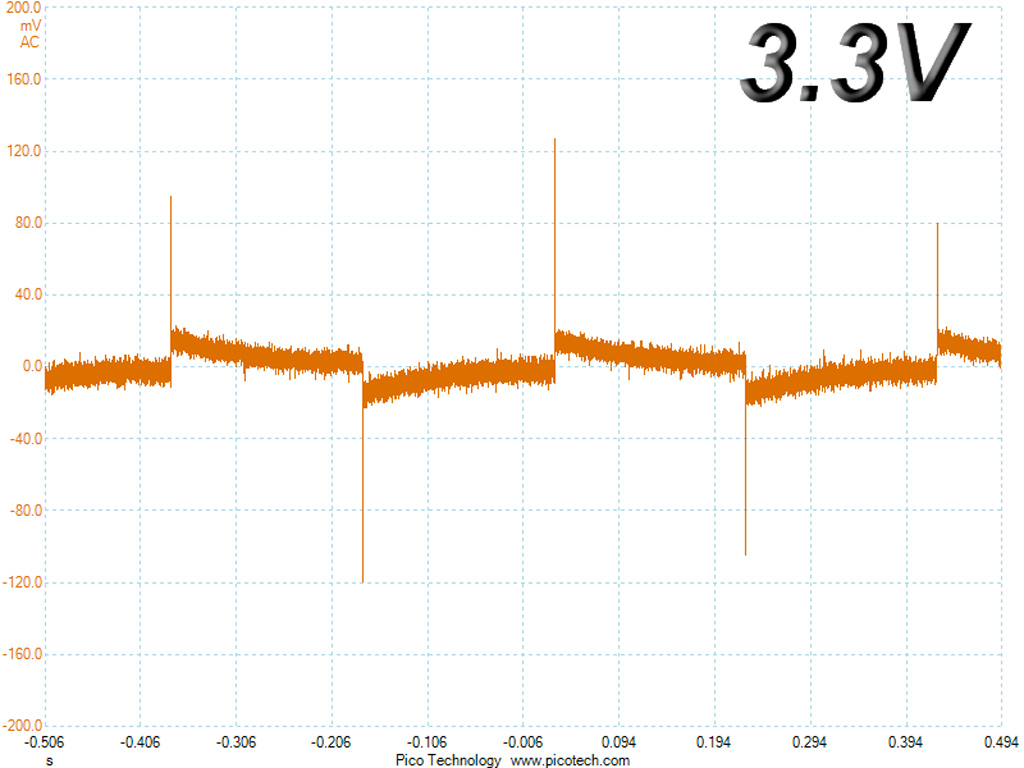
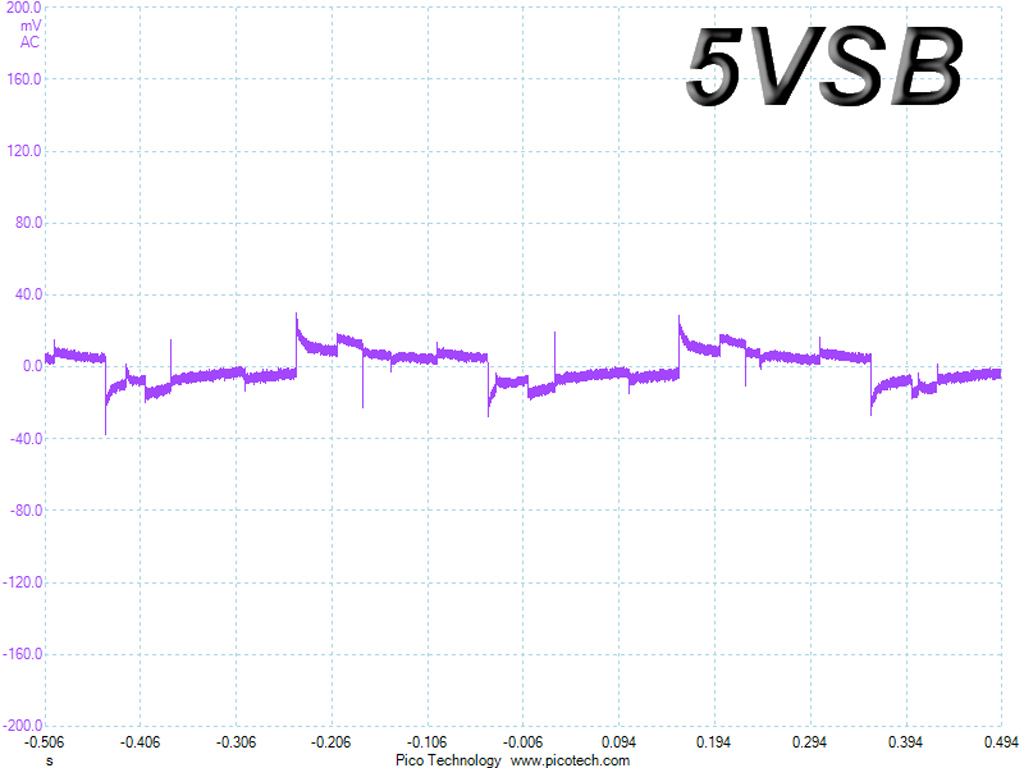
Turn-On Transient Tests
In the next set of tests, we measured the response of the PSU in simpler transient load scenarios—during the PSU's power-on phase.
For the first measurement, we turn off the PSU, dial in the maximum current the 5VSB can output and switch the PSU on. In the second test, we dial the maximum load the +12V rail can handle and start the PSU while it's in standby mode. In the last test, while the PSU is completely switched off (we cut the power or switch the PSU off by flipping its on/off switch), we dial the maximum load the +12V rail can handle before switching the PSU on from the loader and restoring power. The ATX specification states that recorded spikes on all rails should not exceed 10 percent of their nominal values (+10 percent for 12V is 13.2V, and 5.5V for 5V).
Get Tom's Hardware's best news and in-depth reviews, straight to your inbox.
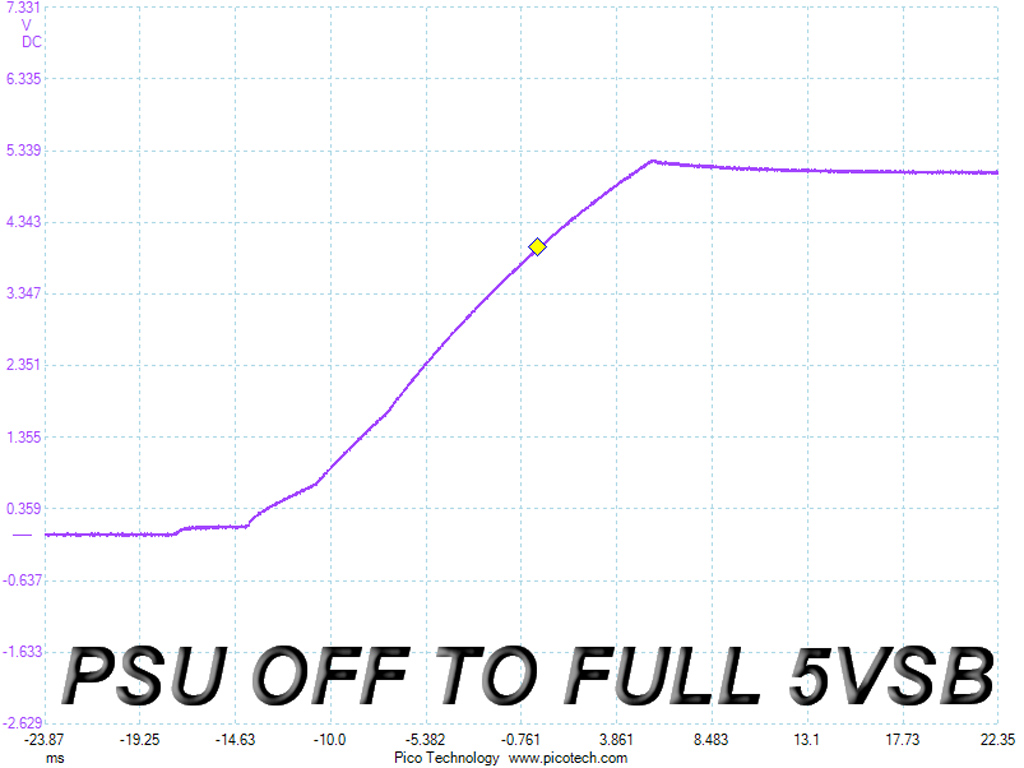
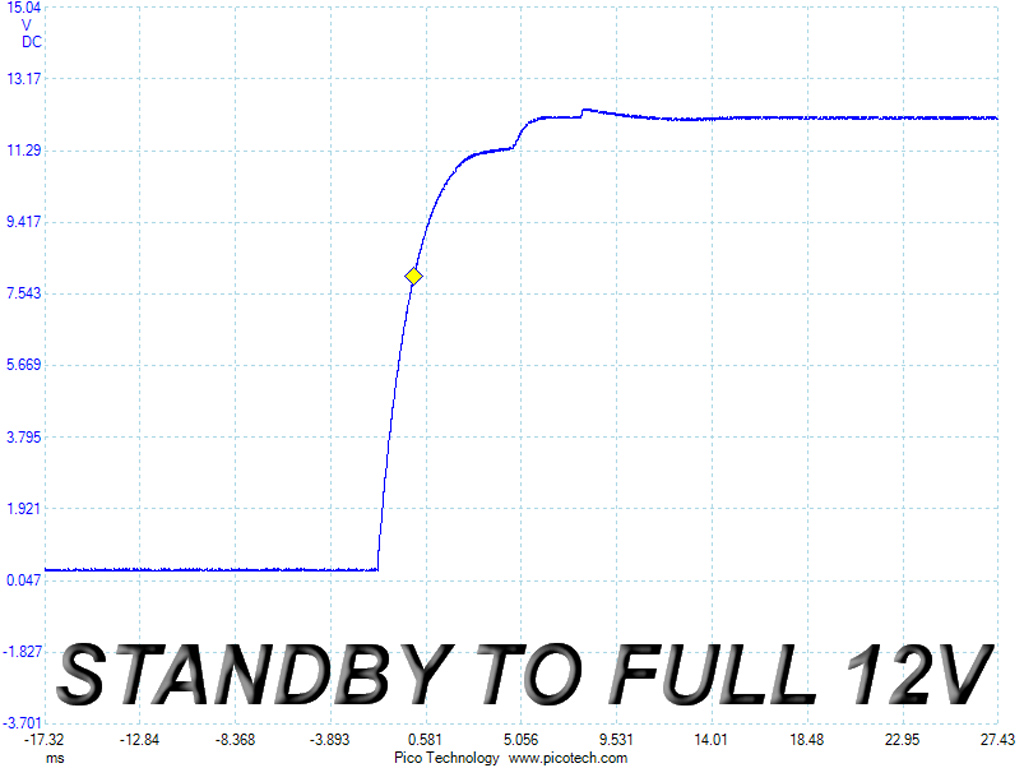
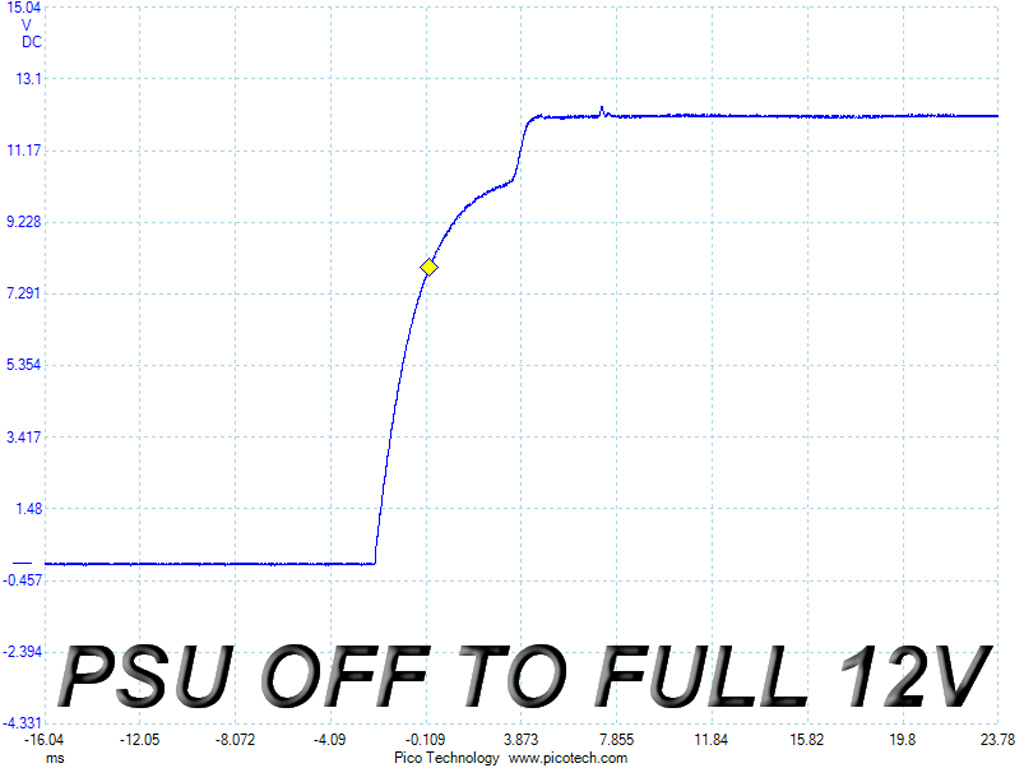
The 5VSB slope is almost perfect, without any notable spikes or voltage overshoots. In the second test, the +12V rail takes some time until it settles down. The same goes for the last test, with the addition of a very small spike. In general, the performance of the XTR 850W is quite good in these tests.
Current page: Transient Response Tests
Prev Page Cross-Load Tests And Infrared Images Next Page Ripple Measurements
Aris Mpitziopoulos is a contributing editor at Tom's Hardware, covering PSUs.
-
turkey3_scratch How come on the ripple page the 5VSB rail always stays under 15mv (except CL1) but on the crossloads page the 5VSB ripple graph is completely blue, hence greater than 30mv the entire time? Also, you have two "and"s in a row on Page 5. Anyway, what I love about Seasonic is they don't fall short in any category. This PSU excels everywhere, I guess except fan noise, of course.Reply -
turkey3_scratch Reply18155380 said:Nice. Any chance you might have a look at the budget XT's?
^^ Yes please review one of these. Though he only reviews units that the companies actually send to him, so it could be they don't want the XT units to get reviewed, so it'd probably have to be bought retail. -
apazeus I've had the 550w version since around October. At one point it was powering an FX-8350 and a 290X with no hiccups. (Nowadays it's paired with a 6600K and a GTX 1080, uses was less juice.) Nice PSUs.Reply -
Aris_Mp I cannot explain why ripple at 5VSB during the Crossload tests is higher than the high-temperature tests. This is strange indeed.Reply
As for the XTs I will try to find one. -
gofasterstripes Lol XTR and XT - Someone call Shimano and tell them their electric groupset is looking a big fat!Reply -
Shankovich Excellent review. Could you guys possibly redo the Corsair HX 750i and up with the new review parameters? Really interested to see how it is in more detail now.Reply -
damric "All XFX PSUs are made by Seasonic"Reply
Not quite. These are built by Hydance.
http://www.orionpsudb.com/news/the-mystery-of-xfx-budget-xt-line-solved-oem-and-platform-discovered -
Aris_Mp When I state that a unit is made by Seasonic (or any other OEM) it doesn't necessary mean that it is made in its own factories. It is a common practice OEMs to outsource their products to other factories if they cannot meet demand (or in case they want a more affordable production line). However still the original design and the specs are set by the original designer.Reply
Many other models of various OEMs are also made in other factories but there is no safe way to know it without having info from the OEM itself.
Finally, this specific article states about the XFX XT units: "If the available information is correct, XFX XT is designed by Seasonic, but the manufacturing is outsourced to Shenzhen Rui Sheng Yuan just like the Hydance. "
As you can see there is an "if" at the beginning of the sentence. In any case, Seasonic is also behind the XT line. Given that this is an XTR review though, I thought it would be better to spare all above and just state that all XFX PSUs are made by Seasonic and not dive into such detail mentioning the outsourcing of XT line, for which there is no solid information.
Given the opportunity I would like to mention the great work that Orion does and also thank him for the tip about the KM3S platform of the XTR-850 unit. I will try to find some details about the actual differences between the KM3 and KM3S platforms. -
Math Geek i got REAL happy for second there thinking this was one of the budget XTFR units. been waiting for someone, anyone out there to review one so we can see how it performs. they are priced awesome and if they perform even average, they will be worth the low cost for mainstream pc'sReply
either way, nice review :) always solid work